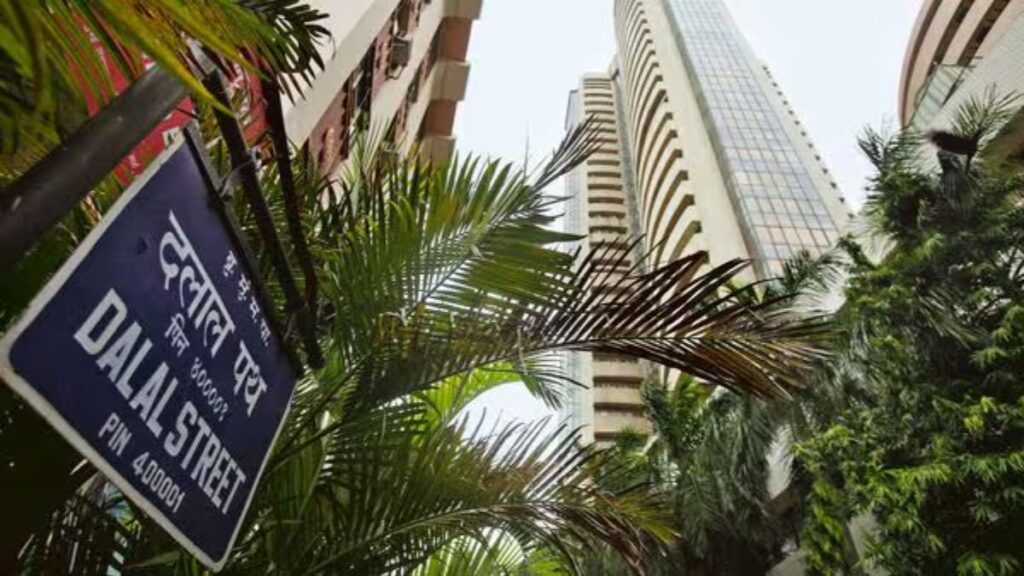Why Did Indian Markets Crash Today? Here’s What Triggered the Sensex and Nifty Fall

Indian stock markets witnessed a bloodbath on Monday morning, with both Sensex and Nifty plunging nearly 5% right at the opening bell. This sharp fall is being called the worst market opening since the Covid pandemic days — and global trade tensions sparked by US President Donald Trump’s latest tariff move are largely to blame.
What Triggered the Crash?
Over the weekend, Trump announced sweeping tariffs on all trade partners of the US, setting off alarm bells across global financial markets. The move instantly raised fears of a full-blown global trade war, with countries like China, Canada, and Mexico already planning retaliatory tariffs.
This announcement led to a sharp selloff across major global markets. The US markets had already crashed on Friday – the S&P 500 dropped 6%, and the Dow Jones tumbled over 2,000 points. Asian markets followed suit with Japan’s Nikkei falling 10% and China’s index down by 8%.
When Indian markets opened on Monday, they were hit hard by the ripple effect. The Sensex crashed 3,939 points to 71,425 in early trade, while the Nifty tanked 1,160 points to 21,743.
IT & Metal Stocks Hit the Hardest
Sectors heavily dependent on the US for business suffered the most. IT stocks like Infosys, HCL Technologies, Tech Mahindra, and Tata Consultancy Services were among the worst performers. Tata Steel fell over 8%, while Tata Motors dropped more than 7%. Even Reliance Industries and Larsen & Toubro were in the red.
Fear of Recession Looms Large
Experts believe the escalating tariff war could lead to higher inflation globally, slower growth, and reduced corporate profits. The increased tariffs by both the US and China are expected to raise prices across sectors — from food to automobiles.
Vikas Jain, Head of Research at Reliance Securities, pointed out, “The sharp increase in tariffs by both the US and China could lead to higher inflation, slower global growth, and intensify trade tensions.”
Adding to the concerns, the US is expected to release consumer price data later this week, and any rise could fuel more worries around inflation and reduced purchasing power.
What’s Next for Investors?
Market analysts are warning that rising costs might squeeze profit margins for companies globally. US firms are entering the earnings season soon, and many are expected to avoid giving future growth guidance amid the prevailing uncertainty.
Goldman Sachs has already hinted that companies may have to either raise prices or settle for lower profits due to higher tariffs.
Meanwhile, Federal Reserve Chair Jerome Powell has admitted that Trump’s tariffs are “larger than expected”, and the economic impact on inflation and growth remains highly uncertain.
Final Word
With global markets under pressure and fears of a global recession looming, investors may need to brace for more volatility in the days ahead. For now, Indian markets have joined the list of casualties in what could be the beginning of a prolonged global trade war.








